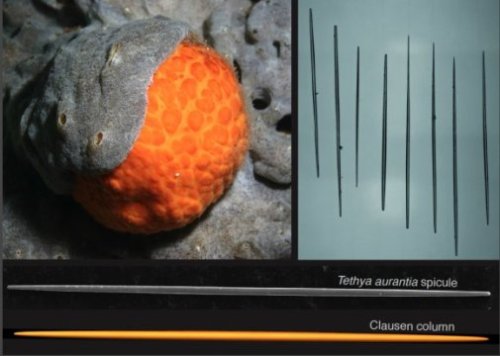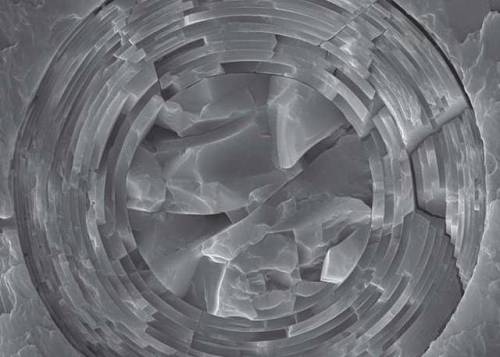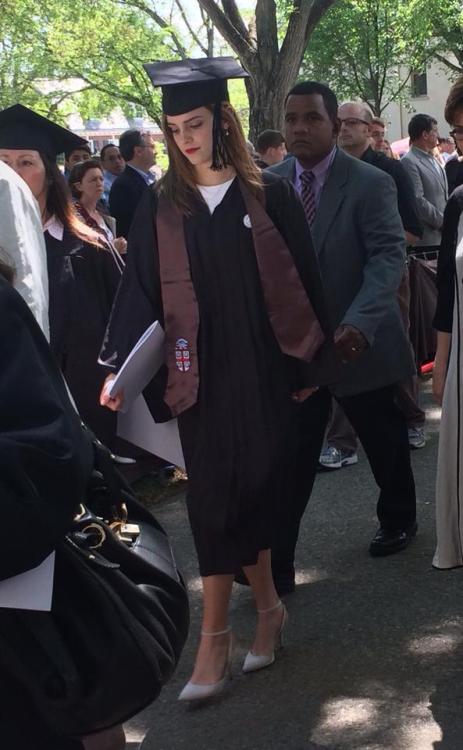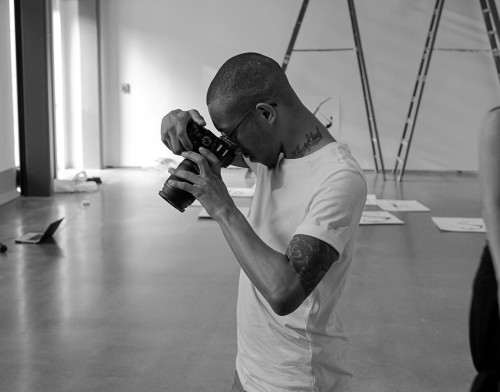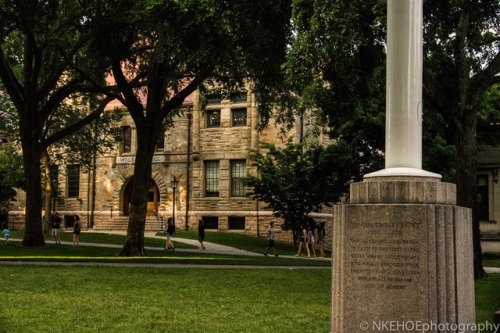#brown university
Magnetic surprise revealed in ‘magic-angle’ graphene
When two sheets of the carbon nanomaterial graphene are stacked together at a particular angle with respect to each other, it gives rise to some fascinating physics. For instance, when this so-called “magic-angle graphene” is cooled to near absolute zero, it suddenly becomes a superconductor, meaning it conducts electricity with zero resistance.
Now, a research team from Brown University has found a surprising new phenomenon that can arise in magic-angle graphene. In research published in the journal Science, the team showed that by inducing a phenomenon known as spin-orbit coupling, magic-angle graphene becomes a powerful ferromagnet.
“Magnetism and superconductivity are usually at opposite ends of the spectrum in condensed matter physics, and it’s rare for them to appear in the same material platform,” said Jia Li, an assistant professor of physics at Brown and senior author of the research. “Yet we’ve shown that we can create magnetism in a system that originally hosts superconductivity. This gives us a new way to study the interplay between superconductivity and magnetism, and provides exciting new possibilities for quantum science research.”
Post link
Sea sponges offer clues to how human-made structures can resist buckling
Judging by their name alone, orange puffball sea sponges might seem unlikely paragons of structural strength. But maintaining their shape at the bottom of the churning ocean is critical to the creatures’ survival, and new research shows that tiny structural rods in their bodies have evolved the optimal shape to avoid buckling under pressure.
The rods, called strongyloxea spicules, measure about 2 millimeters long and are thinner than a human hair. Hundreds of them are bundled together, forming stiff rib-like structures inside the orange puffball’s spongy body. It was the odd and remarkably consistent shape of each spicule that caught the eye of Brown University engineers Haneesh Kesari and Michael Monn. Each one is symmetrically tapered along its length – going gradually from fatter in the middle to thinner at the ends.
Using structural mechanics models and a bit of digging in obscure mathematics journals, Monn and Kesari showed the peculiar shape of the spicules to be optimal for resistance to buckling, the primary mode of failure for slender structures. This natural shape could provide a blueprint for increasing the buckling resistance in all kinds of slender human-made structures, from building columns to bicycle spokes to arterial stents, the researchers say.
Post link
Sea sponges stay put with anchors that bend but don’t break
Sea sponges known as Venus’ flower baskets remain fixed to the sea floor with nothing more than an array of thin, hair-like anchors made essentially of glass. It’s an important job, and new research suggests that it’s the internal architecture of those anchors, known as basalia spicules, that helps them to do it.
The spicules, each about half the diameter of a human hair, are made of a central silica (glass) core clad within 25 thin silica cylinders. Viewed in cross-section, the arrangement looks like the rings in a tree trunk. The new study by researchers in Brown University’s School of Engineering shows that compared to spicules taken from a different sponge species that lacks the tree-ring architecture, the basalia spicules are able to bend up to 2.4 times further before breaking.
“We compared two natural materials with very similar chemical compositions, one of which has this intricate architecture while the other doesn’t,” said Michael Monn a Brown University graduate student and first author of the research. “While the mechanical properties of the spicules have been measured in the past, this is the first study that isolates the effect of the architecture on the spicules’ properties and quantifies how the architecture enhances the spicules’ ability to bend more before breaking.”
Post link
I very rarely use tumblr these days but here are a few pictures of Emma graduating on my Facebook feed in case you lovely people are interested. (I go to college there so my wall is riddled with these!)
Post link
_artist/designer of o c c i p i t a l nyc, giana sacco, setting up her pop up gallery at brown university.
photog. christopher tomás
Post link
Okay…This is going to be a weird request but bear with me.
I’m a HS Senior looking to apply to… Well, I have a huge list of schools. So…
Sell me. Tell me why your school is the best. Tell me what you love about the campus and its people. Convince me why I should consider this school higher than the rest.
Seriously, help me out here. Please and thank you!
Thea Derrough - Brown University - 22-Oct-2011
Brown Bears vs Yale Bulldogs 0-3 (19-25, 13-25, 22-25)
Meehan Auditorium, Providence, Rhode Island, USA
Post link


